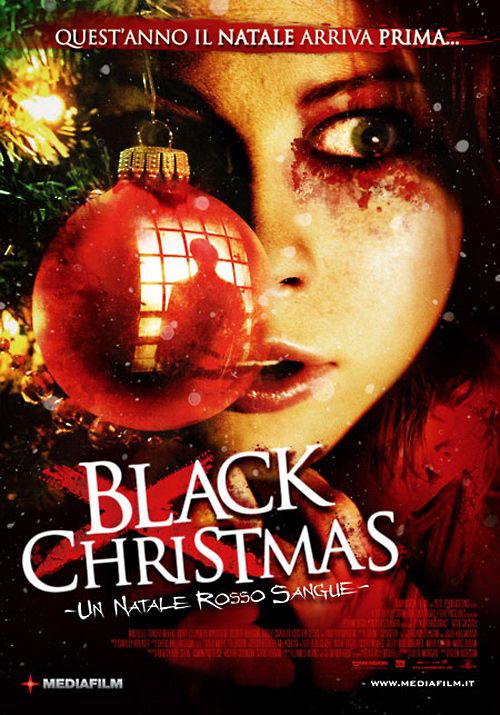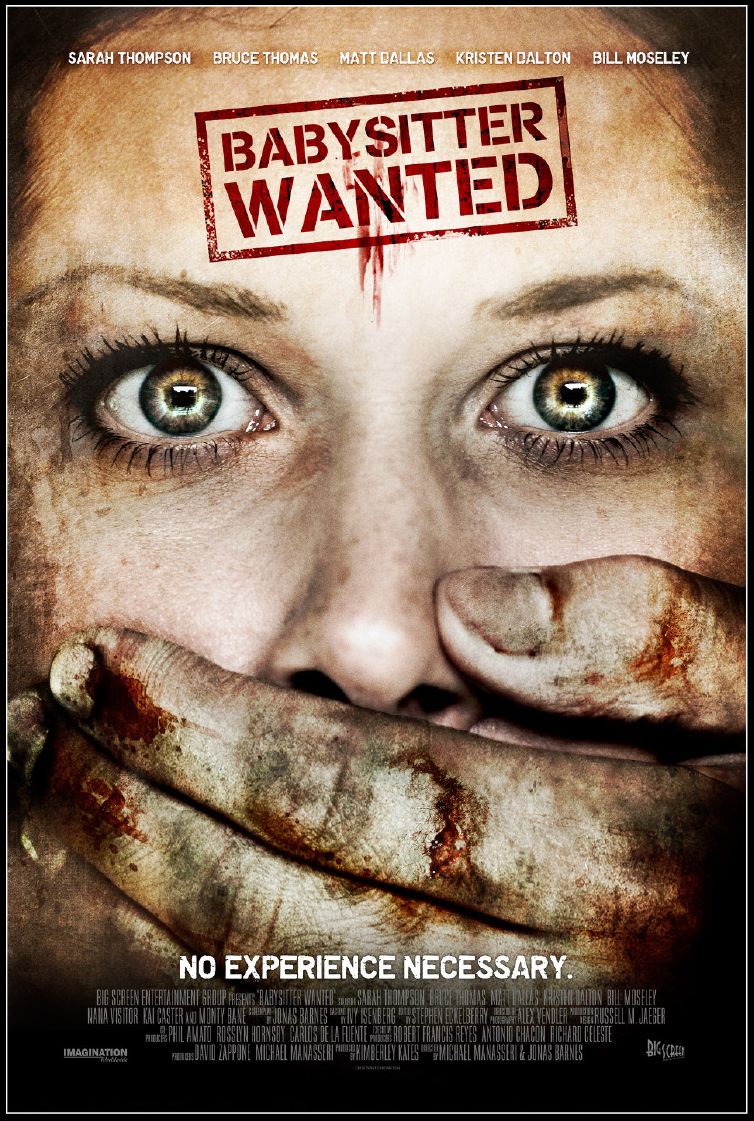 Halloween (John Carpenter,1978)
Halloween (John Carpenter,1978)Budget
$320,000 (estimated)
Gross
$47,000,000 (USA)$60,000,000 (Worldwide) ( 1978)
 First we fade straight in to simple white text on a black background. The font used is sans serif, basic and plain white. Exposition is provided, with the date and location appearing on screen. After the next scenes do not involve dialogue. Then we start with a long camera shot and a low angle which signifies the house has dominance and is some what important, also the house is lit up compared to its surroundings so it stands out and the viewers are drawn to it.
First we fade straight in to simple white text on a black background. The font used is sans serif, basic and plain white. Exposition is provided, with the date and location appearing on screen. After the next scenes do not involve dialogue. Then we start with a long camera shot and a low angle which signifies the house has dominance and is some what important, also the house is lit up compared to its surroundings so it stands out and the viewers are drawn to it.
The shaky hand-held camera signifies a point-of-view shot that we are looking through the eyes of a character.
The carved pumpkin has more obvious connotations with Halloween itself. Until now the film has been in a state of equilibrium, the change in the score coupled with the slight dutch angle here suggests this is about to change. The light being switched out in the bedroom marks the first appearance of non-diegetic sound in the opening, and acts as a signifier to the audience. The camera still moves through the house as a point-of-view shot, and we are given hints as to the identity of the character whose we are seeing. We look at the sofa where the couple were earlier, suggesting that they are the target.
 Our character is cautious to approach the boyfriend, who leaves the house as if he knows who he is. The character then puts a mask on, this then blocks out the rest of the shot through editing. It gives the sense of unease to the audience as they can't see the whole picture. We then get a look at the half-naked girl, suggesting vulnerability and weakness as she is covered in blood and on the floor. The camera through the killers then looks at the messy bed signifying to the audience something sexual has happened.
Our character is cautious to approach the boyfriend, who leaves the house as if he knows who he is. The character then puts a mask on, this then blocks out the rest of the shot through editing. It gives the sense of unease to the audience as they can't see the whole picture. We then get a look at the half-naked girl, suggesting vulnerability and weakness as she is covered in blood and on the floor. The camera through the killers then looks at the messy bed signifying to the audience something sexual has happened.
The murder itself is shown by using diegetic sound rather than shown on screen, we get screams from the girl. Also non-diegetic audio is used, sound effects and the score reaching a crescendo provide most of the scenes tension and horror.
 Then we finally have the killer revealed and is a shock for the audience. Through out the opening scene we are given a high angle from the killers eyes, then suddenly the camera goes to a high angle of the killer showing how now he is vulnerable to the world around him as he is revealed to his parents.
Then we finally have the killer revealed and is a shock for the audience. Through out the opening scene we are given a high angle from the killers eyes, then suddenly the camera goes to a high angle of the killer showing how now he is vulnerable to the world around him as he is revealed to his parents.















